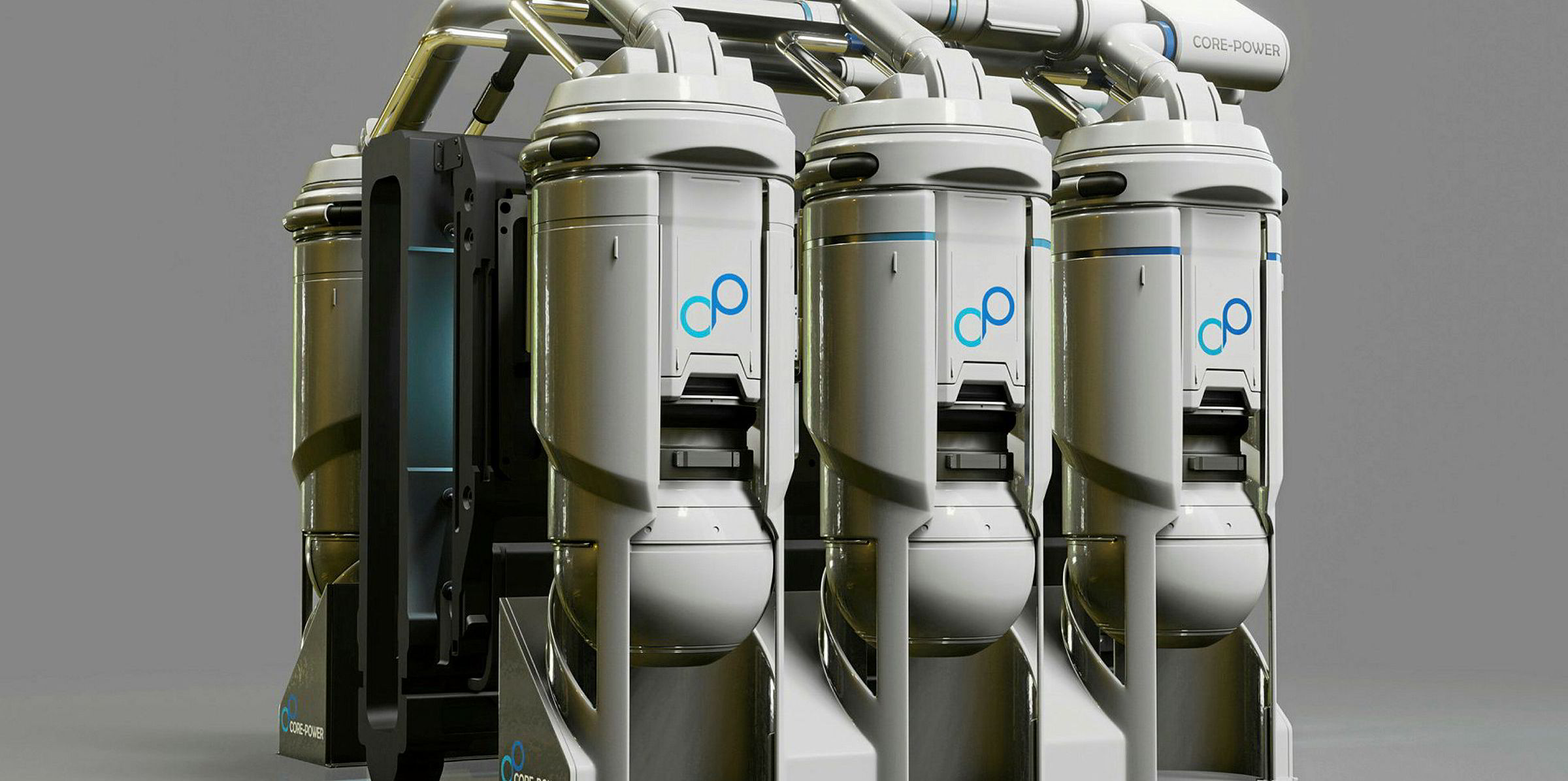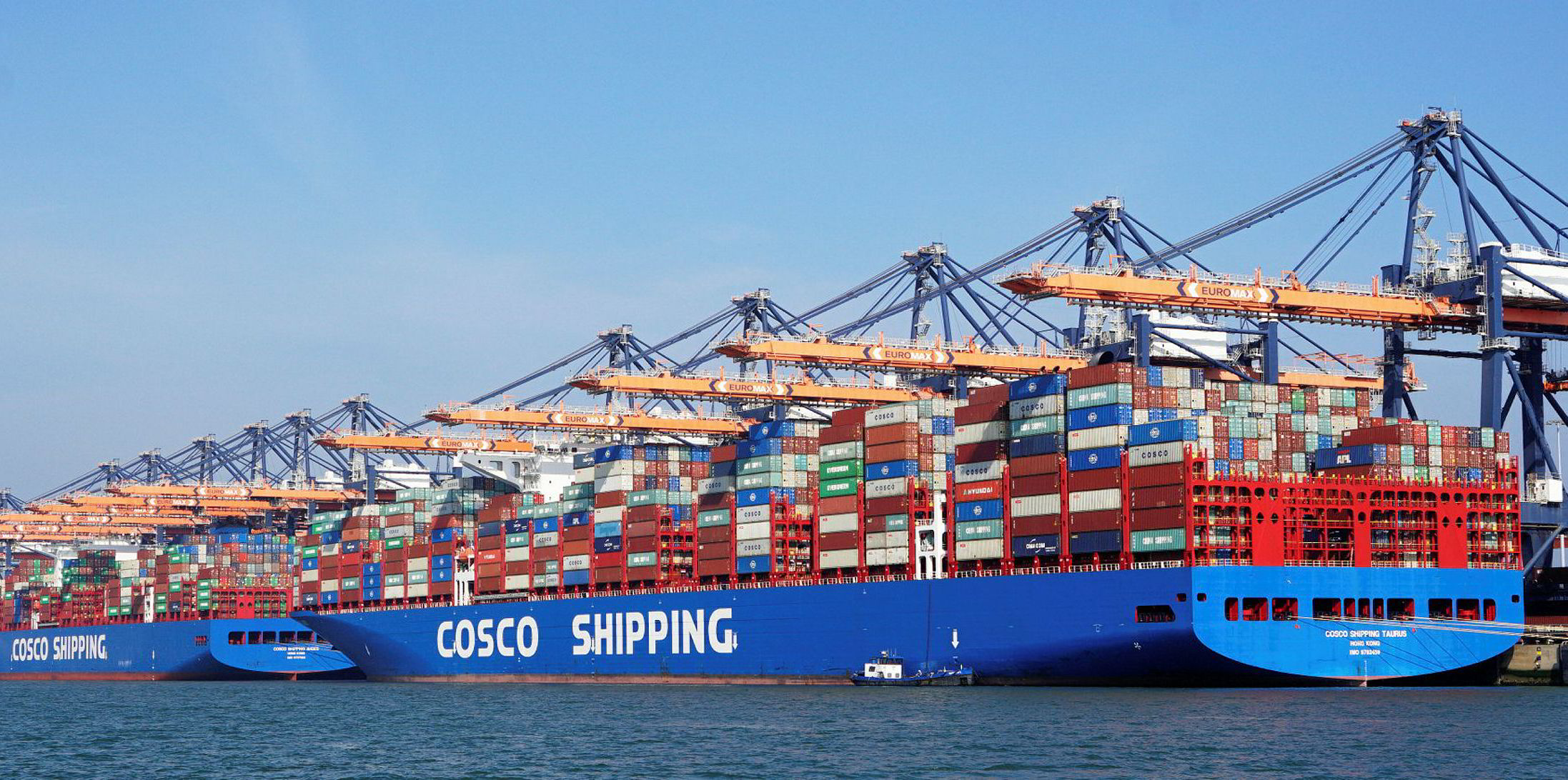As with all green solutions for shipping, Core-Power's planned nuclear solution ultimately has to make both environmental and commercial sense.
So how does the economic case for its marine molten salt reactors (m-MSRs) stack up?
UK-based Core-Power has said that not only does the technology provide cheap clean power for vessels, they can also be used to make other synthetic fuels.
The company believes these fuels could work well for smaller ships in combination with efficient internal combustion engines, fuel cells and batteries. This covers the smallest 40,000 ships in the world fleet.
"These are not as exposed to competition in brutal charter markets, and see much lower volatility in earnings," chief executive Mikal Boe said.
Core-Power envisions floating production vessels powered by m-MSRs catering for all but the biggest 20,000 ships, generating power to make green fuels from air and water.
But for the largest vessels in the fleet, like VLCCs, capesize bulkers and ultra-large containerships, green fuels will not be economical, Boe said.
He views the m-MSR as making the most financial sense for these units.
"With no moving parts, and no engineering requirements for a refuelling system, the m-MSR can be mass-manufactured as a small compact ‘atomic battery pack’. That will drive the price down to very competitive levels," Boe added.
Boxship boost?
Core-Power gives a Triple-E containership as an example.
Running on very low-sulphur fuel oil (VLSFO), such a vessel's propulsion costs including capital and operating expenditure can be more than $950m over 20 years at full speed.
The ship could be up to 30% cheaper to run on full service-speed with an m-MSR, and potentially more than 70% cheaper than the same unit burning green ammonia, the company claims.
"A smart combination of mass-manufacturing (lower costs) and leasing (spread those costs over time), can bring both capex and opex down to way below the cost of using a diesel engine or a gas turbine for most of the largest 20,000 ships in the global fleet," Boe said.
Cape crusaders?
A 180,000-dwt capesize bulk carrier requiring about 18 MW would be able to run for 25 years or longer without refuelling on about 24 MW of installed m-MSR power capacity, Core-Power said.
And fuel tanks that would normally require up to 10,000 tonnes of fuel oil would be no longer necessary, allowing for about 5% increased cargo capacity of the ship.
This could potentially add up to $6m per year to the ship’s earnings, Core-Power believes.
Further space could be saved by the smaller engine room requirements, allowing for yet more cargo capacity and earnings.
Tanker tonic?
Core-Power also gives the example of a VLCC, where capital expenditure for low sulphur fuel oil is $19m, green ammonia $35m and MSR $194m.
But the capex of the m-MSR would be replaced by a leasing arrangement where the owner pays for the difference between initial capex and residual value over a 20-year period, essentially converting capital expenses into operating expenses.

Annual operating expenses are $17.96m, $32.34m and $3.4m, plus the leasing cost of the m-MSR, for VLSFO, green ammonia and the m-MSR, respectively.
Shipowners should not have to become the licensed atomic operators, Boe believes.
The leasing model makes the system "very affordable", he added.
"With leasing there is one fixed monthly cost all the way through, which means a completely flat cost curve for propulsion," Boe said.
Owners will also not be at the whim of fluctuations in oil prices, with clear cost visibility.
Transition must be faced
Over the next few decades, as many as 60,000 ships must transition from combustion of fossil fuels to zero-emission propulsion.
"As we are now, we generate over a billion tonnes of GHG from shipping and transport which decays slowly in the atmosphere and heats up the world," Boe said.
"Some of those emissions will stay with us for hundreds of thousands of years. We have to stop it."
But solar and wind power involved more mining, more energy intensive manufacturing and potentially billions of tonnes of un-recyclable waste in the form of old panels and broken blades.
"If you opt to run chargeable batteries on the deepsea fleet, we would see a huge spike in mining and pollution from production," the CEO said.






